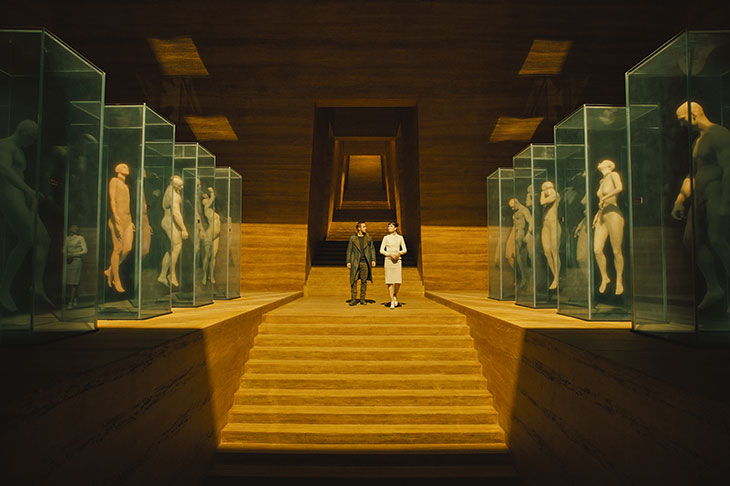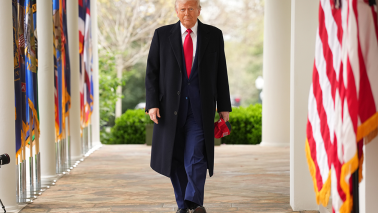Ridley Scott’s original Blade Runner first came out in cinemas 35 years ago, which I was going to say probably makes it older than some readers, although this being The Spectator, perhaps not. It wasn’t successful in its day, but has since become a beloved classic (rightly), whereas this sequel, Blade Runner 2049, will likely do great box office today, but no one will give a fig tomorrow, once all the silly hype has died away.
This is Blade Runner as a dull mainstream blockbuster populated by men who are the epitome of masculine cool and women who are needlessly sexualised fembots. And Harrison Ford doesn’t even appear until the third act, which, given the film is two hours and 45 minutes long (oh, for heaven’s sake), awards you plenty of time to wish you were… I don’t know… dead?
The 1982 original was a neo-noir which, essentially, explored the horror of not knowing if you’re real or not. Set in a dark, decaying LA, the film followed Deckard (Ford), a ‘blade runner’ charged with running down six replicants created as slave labour to help humans populate other planets (‘off-worlds’) but who returned to earth, and were in danger of developing human emotions. Thirty years later, we now have Ryan Gosling as our blade runner, K, in a world where replicants are still produced, this time by Wallace (Jared Leto), a mogul who sits atop a vast corporation and talks a lot of New Age gibberish. I think he’s meant to be evil, but he just seems like the worst kind of yoga teacher. You do have to wonder why anyone still has any faith in replicants, given their troublesome history, or why they are made so lifelike.








Comments
Join the debate for just £1 a month
Be part of the conversation with other Spectator readers by getting your first three months for £3.
UNLOCK ACCESS Just £1 a monthAlready a subscriber? Log in